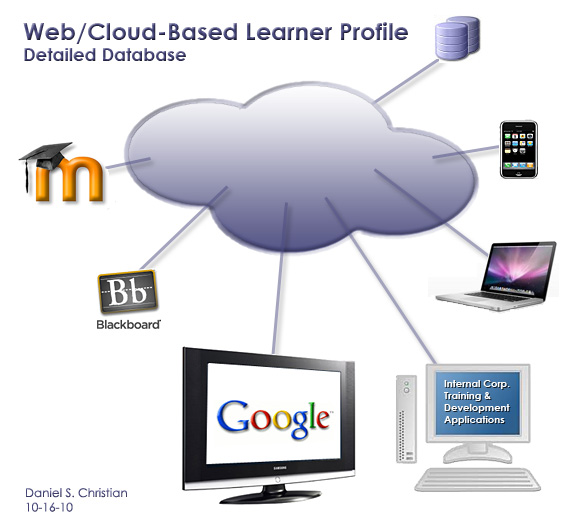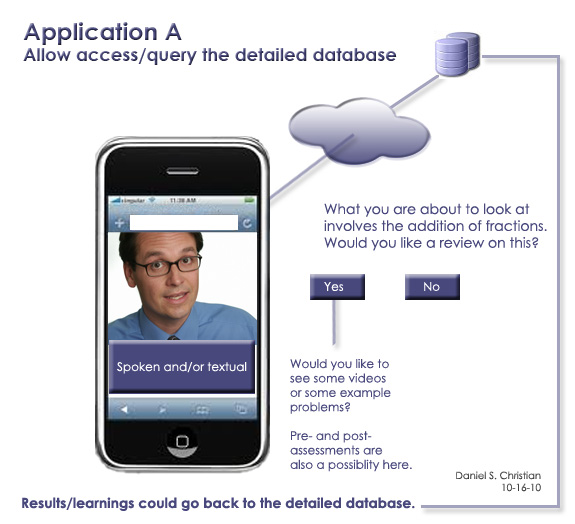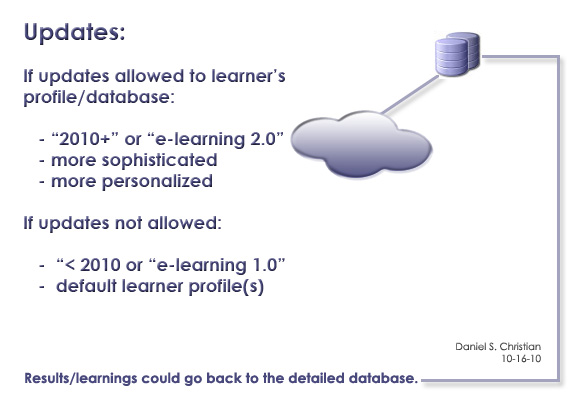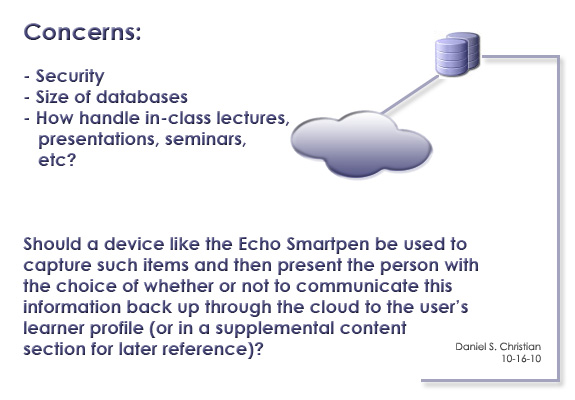
.

.

.

Reinventing management for a networked world — one of topics/presentations at Educause 2010
From DSC:
The following summary of this presentation is a powerful message that I’m looking forward to hearing (emphasis mine):
Over the past decade, the Internet has had a profound impact on just about every organization around the world. It has enabled dramatic efficiency gains in core processes and has radically changed service delivery in industries as diverse as education, financial services, publishing, and entertainment.
However, the greatest impact of the Internet is likely to come over the next decade as it starts to reshape the traditional management processes and structures that are used to run large-scale institutions. The management practices found in most organizations today trace their roots back to the Industrial Age or to medieval religious orders. While this model was well suited to a world requiring conformance and discipline, it is woefully inadequate and even toxic in today’s world of accelerating change.
To thrive in the years ahead, every organization must become as nimble as change itself—a challenge that will require a fundamental rewiring of our tradition-bound management principles and practices.
Unlike most organizations, the web is a cauldron of innovation; it is extraordinarily malleable and highly adaptable. In these respects, it already exhibits exactly those qualities that will be most critical to organizational success in the years to come.
That’s why the management model of every organization will need to be rebuilt on the fundamental values of the web: freedom, openness, transparency, collaboration, flexibility, and meritocracy. In this provocative and practical presentation, Gary Hamel will lay out a blueprint for “Management 2.0” and outline the steps you can take to help your organization to become as adaptable as the times demand.
State of the Internet in Europe — from pingdom.com
In July we had a look at the worldwide state of the Internet. Now the time has come for something a bit more specific, the state of the Internet in Europe. We’ll look at this from two angles. First, which countries in Europe have the most Internet users, and second, which countries have the highest Internet penetration. Both are relevant in their own right.
Since Europe is such a diverse market with a multitude of countries and different languages, it makes sense to look at these countries separately. This contrary to the trend where people sometimes try to think of the European Union (much of, but not all of, Europe) as some kind of equivalent of the United States. The language issue alone makes the comparison moot.
Nine important trends in the evolution of digital textbooks and e-learning content — from xplana.com by Rob Reynolds
Per Rob Reynolds:
I gave a presentation last week in which I talked about nine trends that we’re currently tracing with regards to digital content in Higher Education. These are the critical trends that we believe will determine both growth and innovation in this market. Here are the nine trends along with a brief comment on each.
.
Also see:
The vanishing line between books and Internet — from Forbes.com by Hugh McGuire
The inevitability of truly connected books and why publishers need APIs.
But everything exists within the EPUB spec already to make the next obvious but frightening step: Let books live properly within the Internet, along with websites, databases, blogs, Twitter, map systems, and applications.
From DSC:
I’m about to take a class on the future of teaching and learning…and I have to tell you that I was very disappointed to be presented with a syllabus “featuring” a textbook from 2004…geez.
From DSC:
Again we see the power of the Internet to set up exchanges and to innovate around/personalize methods of providing information. I post this because:
1) I’m interested in journalism;
2) I’m interested in new business models and how the Internet impacts business models;
3) The same type of dynamic/thing may occur w/in higher education. So this is something we should be taking pulse checks on in the future.
.
.
Also see:
Top 4 online video sites to upload videos — from webcamconferencing.amdatablog.com
The future of the Internet — from SmashingMagazine.com by Dan Redding
The Internet is a medium that is evolving at breakneck speed. It’s a wild organism of sweeping cultural change — one that leaves the carcasses of dead media forms in its sizeable wake. It’s transformative: it has transformed the vast globe into a ‘global village’ and it has drawn human communication away from print-based media and into a post-Gutenberg digital era. Right now, its perils are equal to its potential. The debate over ‘net neutrality’ is at a fever pitch. There is a tug-of-war going on between an ‘open web’ and a more governed form of the web (like the Apple-approved apps on the iPad/iPhone) that has more security but less freedom.
Also see:
From DSC:
I very much relate to Dan Redding’s statement, “The Internet is a medium that is evolving at breakneck speed.”

.
…and, speaking of leaving things in the wake….here’s another graphic that comes to mind:
.
Broadband 2010: A Big Slowdown — by Aaron Smith, Research Specialist, Pew Internet & American Life Project
Adobe Flash Player 10.1 arrives — from webmonkey by Michael Calore
After spending many months on development and beta testing, Adobe has released the latest version of its Flash Player.
You can download Flash Player 10.1 for Mac, Windows and Linux at Adobe’s website. You’ll need to shut down all of your browsers while it installs. There’s a version of Flash Player 10.1 coming for Android, but it won’t be ready until later this summer. A beta version is available in the Android Marketplace if you want to test it out.
This release is significant for a number of reasons…